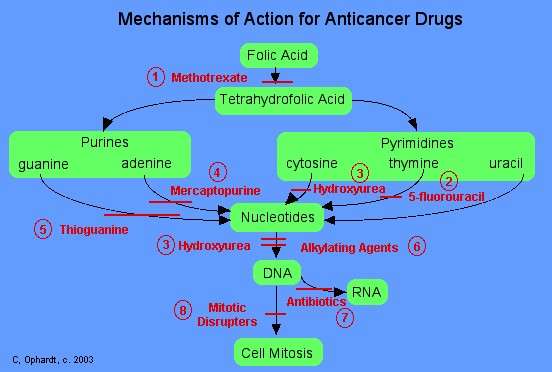Answer to Question 1
ANS: B
For a number of reasons, even children who can verbalize pain correctly often underreport it. The child may fear that reporting pain may lead to painful procedures or may worry caregivers, or the child may be unaware that pain can be alleviated. Children involved in activities such as computer games may actually be using the activity to distract themselves from the pain, so such an activity is not an indication that the child is comfortable. This child has advanced cancer and is likely to have severe pain. A PCA device would give the child control and provide adequate pain relief. The oxycodone order is for PRN dosing, so the nurse cannot administer it around the clock without a prescriber's order to do so. Also, because this child is more likely to have severe pain, a PCA would be more effective. Reassuring the parent that the child will report pain and asking the child to report pain do not take into account the fact that children often hide pain for the reasons previously mentioned.
Answer to Question 2
ANS: A
Older adult patients often are undertreated for pain, because assessing pain is difficult in patients with cognitive impairment and because practitioners often believe that reduced dosages are necessary to alleviate side effects. This patient does not verbalize pain, but her nonverbal cue (crying) indicates that pain is present. The nurse should give the higher dose, especially because the dosing interval has already been exceeded, and then monitor the patient's response to the medication. Giving 2 mg to avoid side effects is not indicated; patients with Alzheimer's disease will continue to have confusion unrelated to the opioid. Nonopioid analgesics and antidepressants are not indicated. Withholding pain medication is not appropriate, because this patient shows nonverbal signs of pain.







